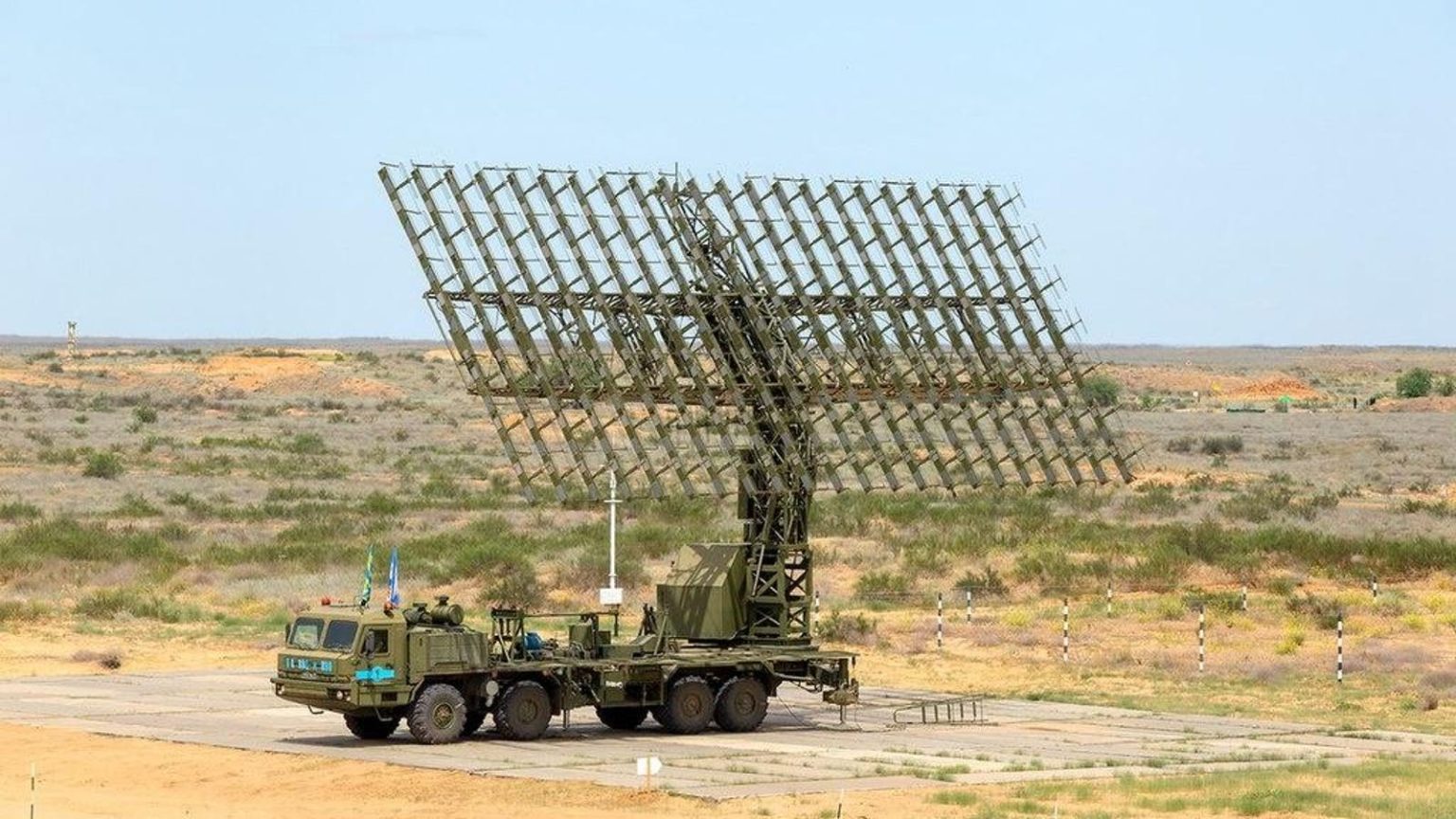The Kremlin developed the Nebo-M mobile radar to detect, among other targets, high and fast ballistic missiles. So it’s ironic that, on Thursday, the Ukrainian army reportedly blew up one of the massive, truck-mounted Nebo-M arrays … with a ballistic missile. More precisely, an American-made Army Tactical Missile System ground-launched rocket.
It’s at least the fourth time Ukrainian forces have taken aim at Nebo-Ms. Raids in May, June and August 2023 may have damaged or destroyed Nebo-Ms, although there’s not a lot of hard evidence to confirm the hits. Prior to Thursday, the analysts at the open-source intelligence collective Oryx had tallied one destroyed Nebo-M and two damaged ones.
According to the Ukrainian general staff in Kyiv, the Thursday strike left the Russian armed forces with nine operational Nebo-Ms. It’s possible that, in the 31 months of hard fighting since Russia widened its war on Ukraine, the Ukrainians have struck around a third of the Nebo-Ms.
The $100-million mobile radars are prized assets. The Russians move the Nebo-Ms around southern and eastern Ukraine to plug gaps in radar coverage and help air-defense units spot incoming Ukrainian missiles. Allegedly hitting the Nebo-M on Thursday “significantly reduces the ability of the Russian army to detect, track and intercept aerodynamic and ballistic targets,” the Ukrainian general staff explained.
Specifically, suppressing or destroying the mobile radar clears a path for Ukraine’s British-made Storm Shadow and French-made SCALP-EG air-launched cruise missiles, which the Ukrainian air force fires from modified Sukhoi Su-24 bombers.
The Storm Shadows and SCALP-EGs are effective weapons for precision strikes on protected targets. Perhaps most famously, the 2,900-pound missiles penetrated and blew up from the inside the Russian navy submarine Rostov-on-Don in Russian-occupied Crimea in September 2023—and then reportedly blew up the sub a second time 11 months later after the Russians had repaired the vessel.
Low-flying, subsonic cruise missiles aren’t terribly difficult to shoot down, given enough warning. That’s why Ukrainian forces have often preceded cruise missile raids with ballistic missile raids targeting the radars and air-defense batteries surrounding the cruise missiles’ planned targets. When you hear reports of Ukrainian ATACMs striking, say, a Russian S-400 air-defense system, expect a follow-on attack by Ukrainian cruise missiles—hours or days later.
We don’t know for sure where in occupied Ukraine the Nebo-M was deployed when that 3,700-pound, GPS-guided ATACMS reportedly plinked it on Thursday. The Russians have been known to station the Nebo-Ms around naval and air bases in Crimea as well as around air bases in eastern Ukraine’s Donbas region.
What happens next might offer some clues. Wherever the Ukrainians launch a lot of cruise missiles in the coming days is probably the same place they purportedly wrecked that precious Nebo-M.
Read the full article here





